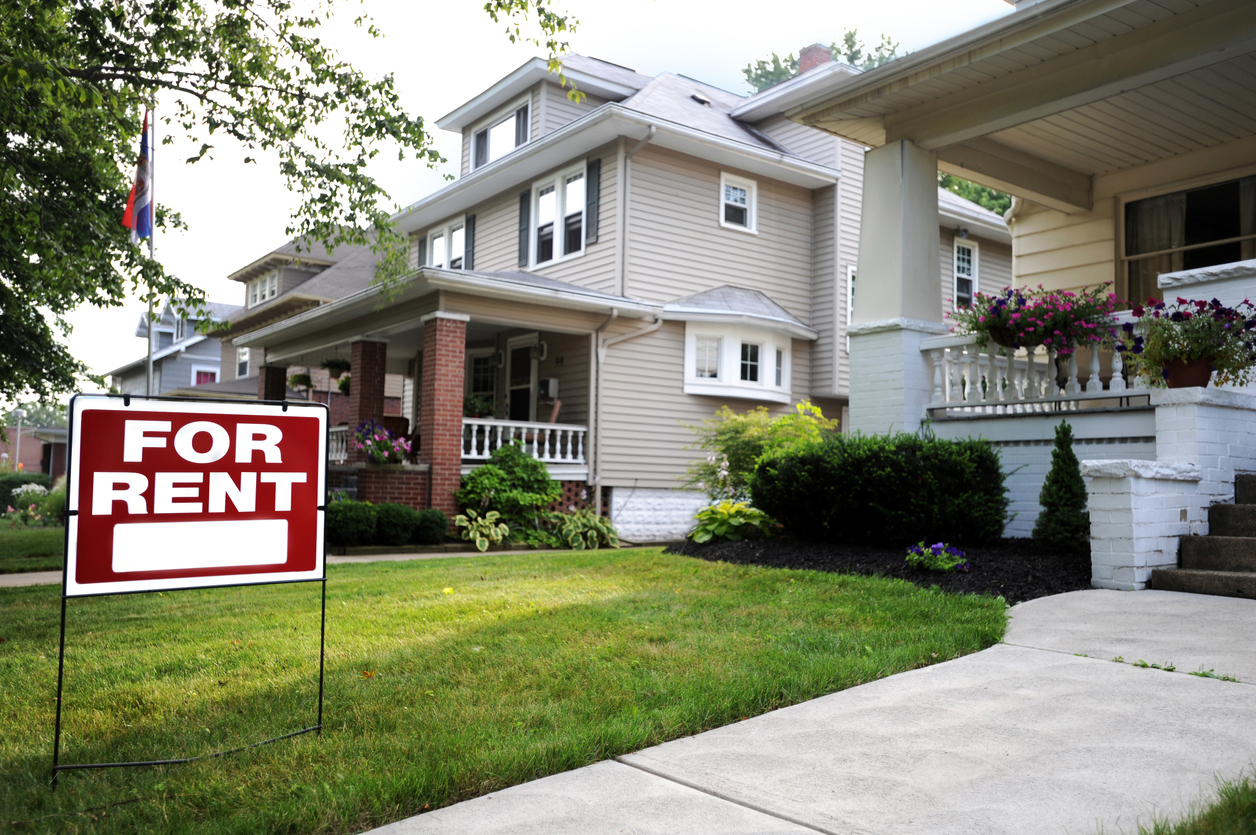Introduction
Choosing the right neighborhood for a rental property is key to maximizing occupancy rates and ensuring a steady stream of rental income. A well-located property can attract long-term tenants, minimize vacancies, and increase profitability. In this post, we’ll explore essential factors to consider when evaluating rental demand in different neighborhoods.
1. Analyze Local Market Trends
Understanding the rental market in a specific area is the first step in evaluating demand. Look at rental price trends, vacancy rates, and the overall economic health of the neighborhood.
Tips:
Research average rent prices and how they compare to surrounding areas.
Check local reports or online rental platforms for vacancy rates.
Monitor trends in property appreciation to gauge long-term investment potential.
2. Consider Proximity to Job Hubs and Schools
Tenants prioritize convenience, making proximity to employment centers, universities, and schools a major factor in rental demand. Areas with growing industries and strong job markets tend to attract stable renters.
Tips:
Look for properties near business districts, hospitals, or universities.
Evaluate commuting options, including access to highways and public transportation.
Check school district ratings, as families often prefer areas with highly ranked schools.
3. Assess Neighborhood Amenities and Lifestyle Appeal
Neighborhood amenities significantly impact tenant attraction and retention. Renters often look for locations with shopping centers, parks, restaurants, and entertainment options.
Tips:
Explore the walkability and public transportation availability in the area.
Consider nearby recreational spaces, gyms, and grocery stores.
Evaluate the overall safety and reputation of the neighborhood.
4. Identify the Target Tenant Demographic
Different neighborhoods attract different types of renters. Understanding the target demographic helps align property features with tenant preferences.
Tips:
Downtown areas may appeal to young professionals seeking modern apartments.
Suburban neighborhoods often attract families looking for larger rental homes.
College towns typically have high demand for student housing with flexible lease terms.
5. Review Local Rental Laws and Regulations
Every city and county has unique rental regulations that can impact profitability. It’s crucial to stay informed about zoning laws, rent control policies, and landlord-tenant rights.
Tips:
Research any local restrictions on short-term rentals or rent increases.
Understand security deposit and eviction policies to avoid legal complications.
Work with a real estate professional to stay compliant with local laws.
Conclusion
Evaluating rental demand in different neighborhoods requires careful research and strategic planning. By analyzing market trends, considering location advantages, assessing amenities, and understanding local regulations, investors can make informed decisions that maximize occupancy rates and long-term success.
For expert guidance in choosing the right investment property in Central Pennsylvania, contact First Capitol Real Estate today!



